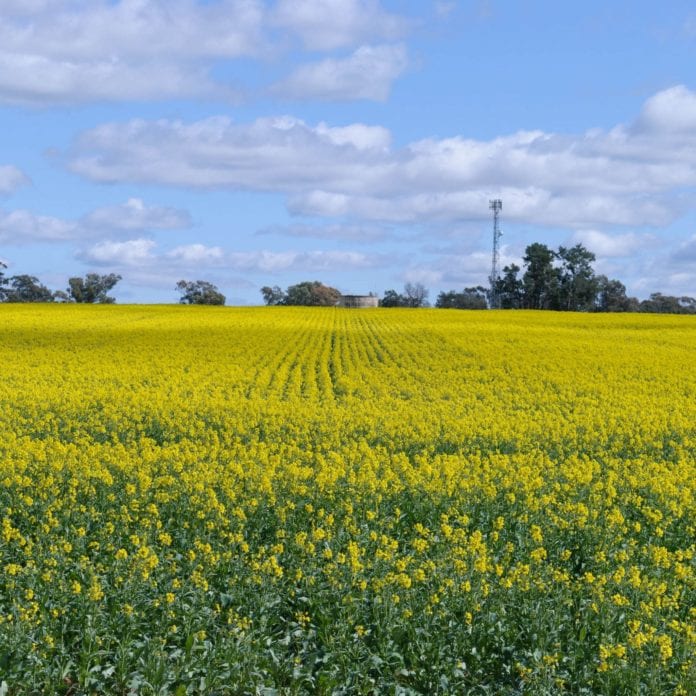Mobility Fund II challenge period extended through Nov. 26
The Federal Communications Commission has officially given rural wireless operators additional time to file challenges to the FCC’s current mobile network coverage maps. Challengers can now submit data through November 26.
Those maps will determine where up to $4.5 billion in funding through the Mobility Fund II will be directed over the next decade, in order to subsidize the costs of network deployment in areas that do not have LTE coverage that meets the FCC’s standards for speed and availability. Industry organizations such as the Competitive Carriers Association have long expressed concern that Mobility Fund II eligibility be based on accurate data.
The maps were published in 2018 based on a one-time collection of LTE coverage data and subsidy data from the Universal Service Administrative Company; commercial mobile network operators contributed their own coverage data to that effort. Initially, the FCC established a 150-day window for interested parties — mostly rural wireless operators who could potentially serve those areas with support from MF-II if the areas are deemed insufficiently served by non-subsidized LTE coverage — to file challenges to those coverage maps. The original deadline was Aug. 27.
In commenting on the extension, FCC commissioners acknowledged that the maps aren’t as accurate as they could be.
Commissioner Jessica Rosenworcel, who supported the extension decision in part and dissented in part, said that the maps “have too many inaccuracies to be reliable. They overstate signal strength in rural America and understate where universal service support is needed to ensure that communities are not left behind. And if we’re not careful, this agency will distribute as much as $4.53 billion over the next decade based on this less than credible set of data. Yikes.” She suggested three options that could improve the maps’ accuracy: using USAC (which is to test networks once they’ve been deployed using MF-II to make sure they meet coverage and performance metrics) to validate data; leverage the spectrum experts and tools in FCC field offices around the country to conduct some testing; and use some crowdsourced data, such as information from the FCC’s free speed test app for wireless networks.
“Make no mistake: our current 4G service maps are not perfect by any means and are rightfully
criticized. This needs to improve significantly or Federal universal service fund monies will be wasted, thereby over-subsiding those that don’t deserve it and penalizing those consumers in need,” Commissioner Michael O’Rielly said in his statement. He added that the commission “needs to work with all parties to find acceptable parameters for the challenge process.
“For many months, and continued in this item, we have tried to dictate a ‘solution’ and release new maps that don’t solve any of the controversies. … I worry that today’s action will neither be the end of the debate nor allow the Commission to quickly complete Mobility Fund Phase II,” O’Rielly said.
In addition to extending the challenge period, the FCC also is taking comment on extending the time window in which testing must be conducted as part of the challenge process, and ruled on some competing requests on the size of the cell grid for testing purposes. The Rural Wireless Association had asked that the 1 square-kilometer grids for testing and challenging coverage data be increased to 1 square mile, arguing that rural roads tend to be laid out on a square-mile basis and smaller grids would require off-road testing. Other industry players, including AT&T and CCA, had submitted comments regarding the size of buffer zones for the cells. The FCC’s bureaus did end up modifying the buffer size (although it kept the kilometer-basis for grid size); Verizon objected to the change in buffer size because it argued that the change shifted things too far in favor of the challengers rather than the challenged.
The RWA has specifically singled out the accuracy of Verizon’s data in MF-II maps and recently informally asked the FCC to do more than arbitrate the industry’s arguments over the data, but to conduct additional testing of its own — specifically, of Verizon’s network in the panhandle of Oklahoma. Verizon has maintained that its coverage maps are accurate. The FCC’s documents affirmed that challenge testing is the responsibility of the challenger and the challenged, who will have a chance to respond to challenges once they have all been filed.
The FCC said that as of July 31, “challengers had already uploaded over 1.6 million speed tests, with a significant number of those tests taken in primarily rural areas.”
“By extending the challenge process by 90 days, we give providers the additional time needed to identify areas of the country that are truly unserved. And by significantly lightening the compliance burden for participants, we will encourage more robust participation in the process and further revisions to the initial map. As the challenge process runs, I will continue to monitor how our maps align with consumers’ real-world experiences,” said Commissioner Brendan Carr in his statement.
The FCC also is currently taking comment on the state of overall broadband deployment in the U.S., for next year’s annual report on high-speed internet accessibility across the country.
Image copyright: lonewolfshome / 123RF Stock Photo

